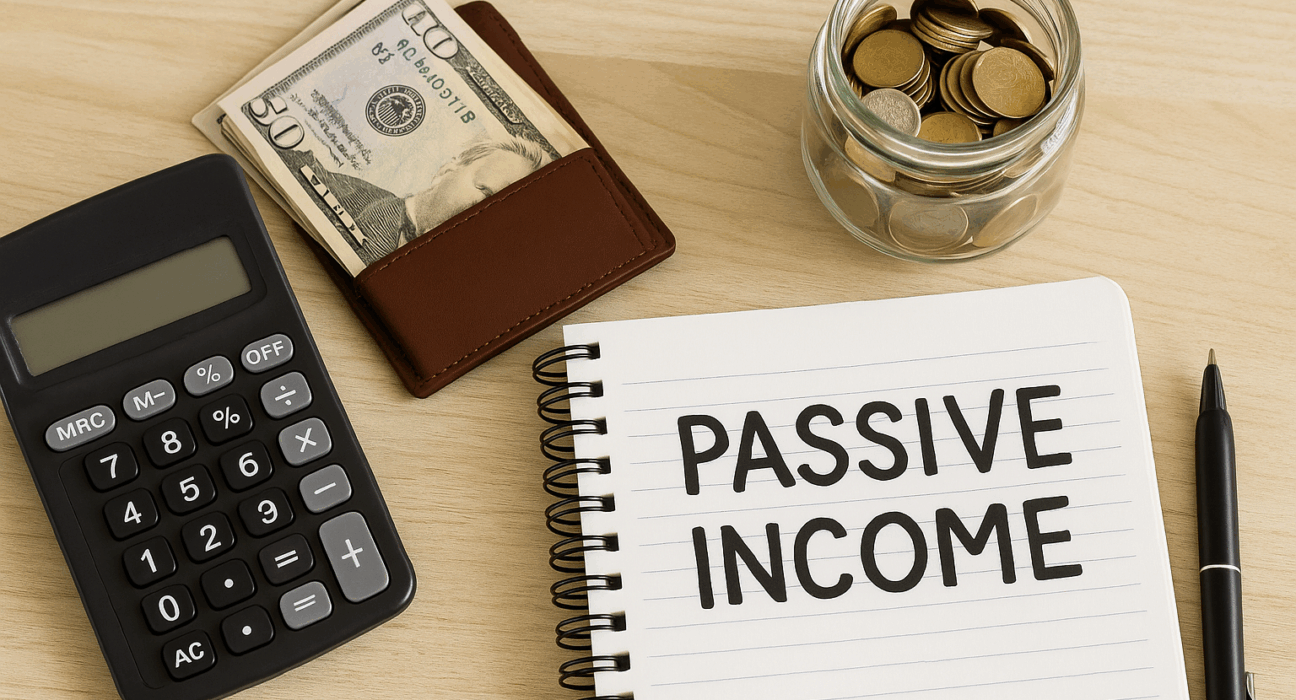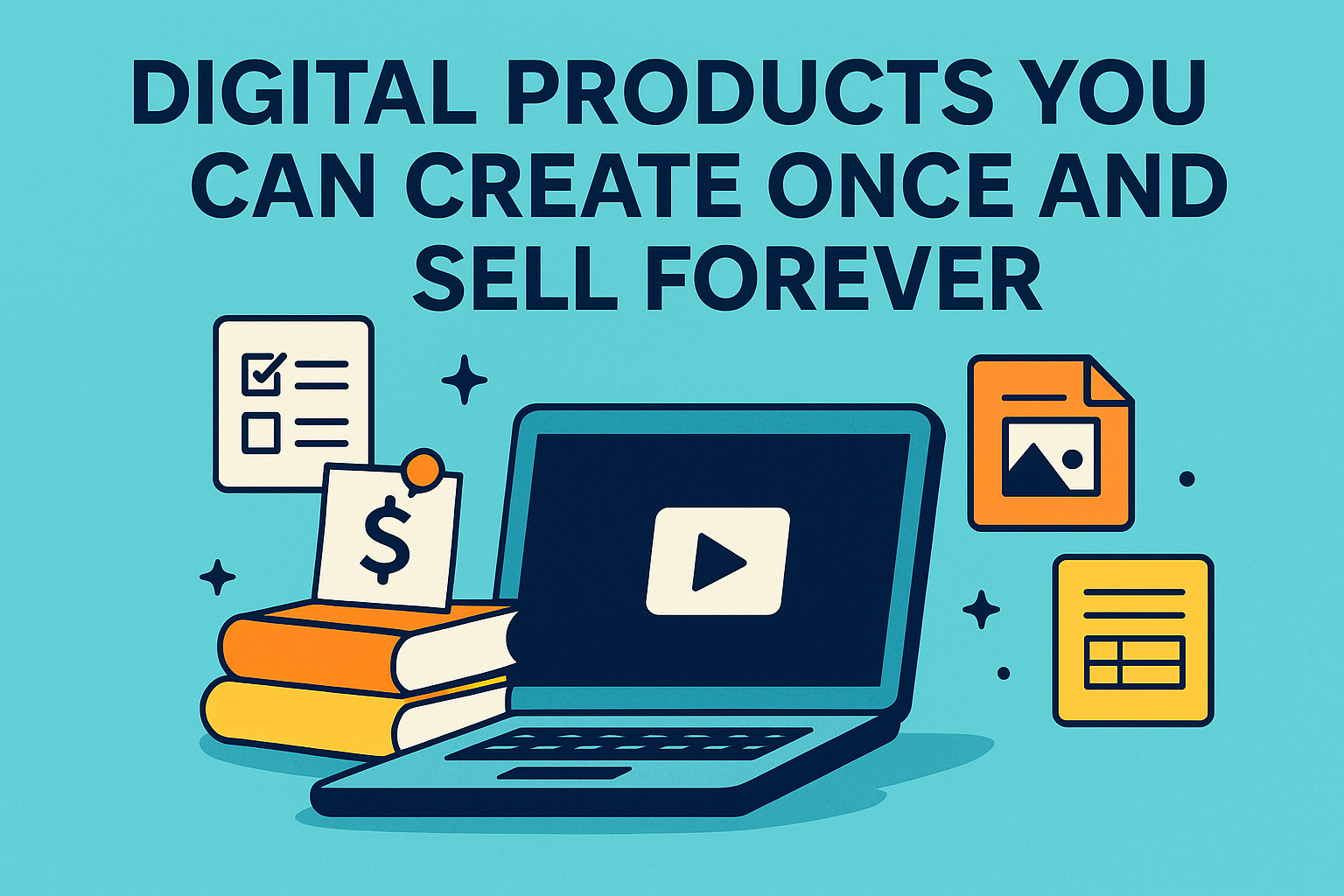Lifestyle creep, also known as lifestyle inflation, is that sneaky financial phenomenon where your spending increases as your income rises. Suddenly, the luxuries you once considered indulgent become “normal,” and saving money feels harder than ever.
But here’s the thing: lifestyle creep doesn’t just chip away at your budget—it can derail your long-term financial goals if left unchecked.
In this guide, we’ll break down what lifestyle creep is, how it sneaks into your life, and, most importantly, how to stop it in its tracks without feeling deprived.
What Is Lifestyle Creep?
When you land a better-paying job or start earning more through a side hustle, it’s natural to want to reward yourself. A nicer apartment, a new car, fancier dinners—you deserve it, right?
That’s lifestyle creep.
It’s when those rewards become your new baseline. Your cost of living rises, but your savings and investments don’t. Over time, the gap between what you earn and what you spend disappears.
Signs You're Experiencing Lifestyle Creep
Your monthly expenses have increased, but your income hasn’t grown significantly.
You feel like you’re always spending but never saving.
You upgrade purchases often (the newest phone, the better car, the trendiest clothes).
Your credit card balance has gone up.
You no longer feel satisfied with things you once enjoyed.
Sound familiar? You’re not alone.
How It Sneaks In
- Subscribing to multiple streaming services
- Dining out more frequently
- Switching from budget travel to luxury vacations
- Leasing instead of owning
🔗 Related: How Subscription Creep Is Draining Your Wallet in 2025
Why It’s Dangerous for Your Financial Goals
The problem with lifestyle inflation is that it eats into money you could be using for:
Saving for emergencies
Investing for retirement
Paying off debt
Starting a business
If you’re spending every dollar you earn, you’re not building wealth. You’re maintaining a lifestyle.
How to Stop Lifestyle Creep (Without Feeling Broke)
1. Define Your Financial Goals
Know what you’re working toward: freedom, security, travel, early retirement?
2. Set a Savings Percentage
Treat savings like a bill. Aim to save at least 20% of your income before spending on wants.
3. Use Budgeting Tools
Apps like YNAB, PocketGuard, and Mint can help you track where your money goes.
🔗 Check out: 5 Easy Budgeting Apps to Stay on Track
4. Avoid Lifestyle-Based Peer Pressure
Not everyone around you is making smart money choices. Don’t keep up with them.
5. Delay Gratification
Use the 72-hour rule: wait three days before buying something expensive. You’ll often change your mind.
6. Automate Your Savings
Set up automatic transfers to a high-yield savings account or investment fund.
7. Review & Reflect Monthly
Set aside 15 minutes every month to review your expenses and cut what you don’t use.
Real-World Example
Meet Alex: a freelance designer who doubled his income in two years. Instead of saving, he upgraded his lifestyle—designer clothes, expensive coffee, and a luxury SUV.
Two years later, he had no emergency fund, no investments, and growing credit card debt.
Alex started tracking expenses with a budgeting app, set a 30% savings rule, and sold the SUV. Today, he’s financially stable with over $15K saved and investing monthly.
Final Thoughts
You don’t have to live like a monk to protect your finances. But you do need awareness.
Lifestyle creep is sneaky—but it’s also manageable. By setting goals, tracking spending, and sticking to your financial plan, you can enjoy your income and build wealth at the same time.
🔗 Also read: 10 Daily Habits That Will Make You Financially Stronger
🔗 Explore more: Best Budgeting Tools for Freelancers





